
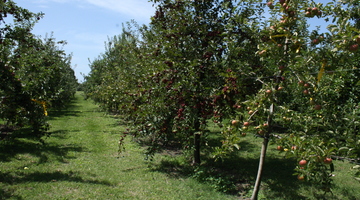
In this unit, students investigate trends and drivers and what may be possible and preferable attributes for new fruit varieties in the future. Purpose To understand the influences currently ...
READ MORE
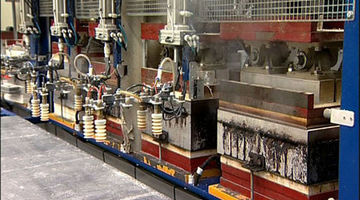
Students develop their knowledge to design a disposable product as a sustainable alternative to an existing product. Purpose To consider the issues of increasing plastics use and understand why ...
READ MORE

Students develop their knowledge to design a disposable product as a sustainable alternative to an existing product. Purpose To understand why increasing use of non-degradable materials is not ...
READ MORE

In a corner of a laboratory at Massey University’s Institute of Technology and Engineering, plants are growing under bright lights. They look out of place amongst all the high-tech equipment, yet ...
READ MORE

We all need protein to live and stay healthy. However, many protein sources are becoming an increasingly expensive way to meet our needs – both economically and environmentally. Innovators are ...
READ MORE
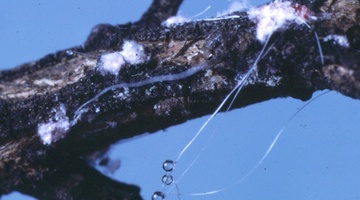
Our native forests – ngahere – have complex ecosystems. Within the wider ecosystems are smaller ecosystems, such as the one formed around honeydew. Honeydew is a sweet, sticky substance produced ...
READ MORE

In this activity, students compare the rate of degradation of disposable plates using three different disposal methods. Purpose To experiment with a range of disposable plates made from different ...
READ MORE

In this activity, students learn about animal and plant adaptations in Antarctic species and use these ideas to design their own unique animal or plant. By the end of this activity, students ...
READ MORE
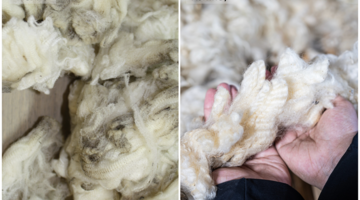
In this activity, students create felt from wool fibres to illustrate how the surface structure of wool fibres affects its washability. Purpose This activity will help students understand the ...
READ MORE
Prof Richard Haverkamp, of Massey University, outlines why he uses plants to make gold nanoparticles. There are also views of Dr Aaron Marshall and the electrolysis equipment used to test ...
READ MORE
Prof Richard Haverkamp, of Massey University, explains why gold is a better catalyst than platinum for producing hydrogen from methane.
READ MORE
Prof Richard Haverkamp, of Massey University, gives an overview of how fuel cells work, and why he is looking into a potential military application.
READ MORE
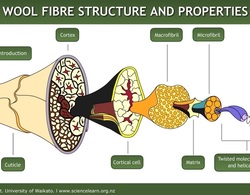
This interactive shows the cellular structure of wool fibre and how this relates to its properties.
READ MORE

This interactive highlights the critical role temperature plays in the world of ceramics. Select a white circle or bar in the thermometer for more information. Go here to view the full transcript ...
READ MORE

This interactive shows the process of creating an advanced ceramic, O-Sialon, in the laboratory. Click on the labels for more information. Select here to view the full transcript and copyright ...
READ MORE